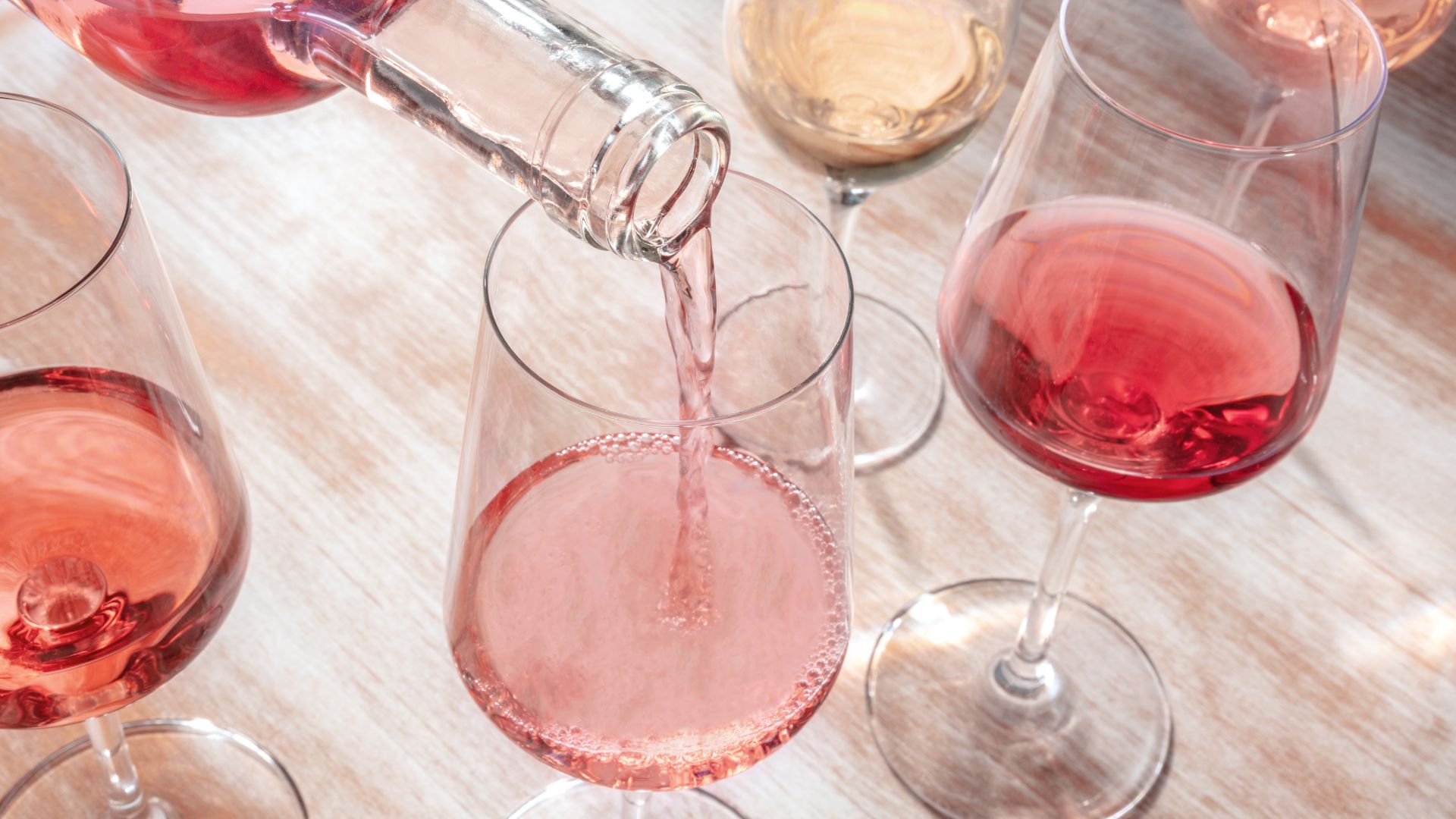
10 Nov How Many Calories Do You Drink On A Night Out?
A recent study revealed that many people are consuming more than 2,000 calories in alcohol on a night out. Research conducted by continuous glucose monitor Lingo surveyed 2,000 young British adults who regularly socialise with a night out involving heavy drinking. Many of those surveyed reported consuming an entire day’s worth of calories on a single night out. With party season upon us, here’s what you need to know.
If you’re looking for a personalised, expert-led approach to overcoming your health and weight challenges, and establishing healthy lifestyle habits that stick long term, we can help. Book your complimentary call today to find out more.
THE LINGO SURVEY: CALORIES IN ALCOHOL
The findings reveal that the average drinker surveyed consumed 12 drinks on a big night out, amounting to over 2,000 calories. According to the report, this caloric intake is equivalent to eating a cheeseburger, medium fries, 20 chicken nuggets, and a serving of ice cream. Of course, this level of calorie intake has significant potential to compromise weight loss, but many people are unaware of just how many empty calories they are consuming when they drink.
Indeed, nearly half (47%) of those who took part in the research admitted they never consider the calorie content of their alcoholic beverages. So just how many calories are in alcohol on average? Of those surveyed, individuals consumed an average of three cocktails (186 calories each), three glasses of wine (83 calories each), three pints of lager (200 calories each), and three shots with sugary mixers (207 calories each). The grand total? 2028 calories.
Not only is this a significant amount of calories to consume, it also totals around double the weekly recommended upper maximum for alcohol intake.
THE DAY AFTER
The impact of this drinking doesn’t end on the night out. Of those surveyed, 86% of respondents reported craving ‘greasy, unhealthy food’ the day after drinking. The desire for this type of food is fuelled by feeling tired (52%) and sluggish (44%) with an insatiable hunger (22%). If you’re working to prioritise your health and lose weight, ultra-processed foods and takeaways such as pizza and burgers (prime picks for hangover food) are the last thing you want to be including in your diet. Especially if you’ve just added 2,000 extra calories into your intake the night before.
ALCOHOL AND GLUCOSE LEVELS
Excessive alcohol intake can impair insulin sensitivity, which can lead to blood glucose fluctuations. Then there is the sugar content of your drink to consider. As alcoholic drinks are not required by law to list nutrition information on their packaging, it can be hard to know just how much sugar you’re consuming. If you frequently drink alcohol and are curious as to how it’s impacting your blood sugar levels, consider tracking your glucose levels over a night out. Monitoring your blood sugar using a continuous glucose monitor (CGM) can provide real-time feedback on the impact of the foods and drinks you consume. Developing this awareness can be a powerful way to impact positive behaviour change. Read our guide to continuous glucose monitoring here.
LOW SUGAR ALCOHOLIC DRINKS
If you are going out for a few drinks, you can still make choices that are healthier and lower the calories in your alcohol by opting for lower-sugar options and limiting your intake. Alternating alcoholic drinks with a glass of water is great strategy. Switch sugary cocktails like espresso martinis and Pimm’s for low-sugar spirit like vodka or gin with a low-sugar mixer like soda and fresh lime or slimline tonic. Opt for dry white wines or champagne which is not only dry and fairly low in sugar but generally consumed in smaller quantities. Avoid sugary ciders which can contain several teaspoons of sugar per bottle. A wide range of alcohol free alternatives are now available, here are some of our favourites: What To Drink When You’re Not Drinking.
BINGE DRINKING AND MENTAL HEALTH
The Lingo study also highlighted the emotional impact of excessive drinking, with 16% feeling uncomfortable about their consumption and 18% often feeling queasy after a night out. “Hangxiety” is a term that combines “hangover” and “anxiety,” referring to the feelings of anxiety and unease that some people experience after drinking alcohol. And while alcohol may cause you to feel joyful in the short term, it’s important to remember that alcohol is actually a depressant. It slows down the central nervous system, reducing brain activity and negatively impacting mood. We speak with many people who find themselves turning to food for comfort when facing challenging emotions. Non-hunger eating is a big driver for weight gain and it’s important to be aware the impact alcohol could be having on your mood and food choices. When prioritising health and weight management, taking into consideration both mental and physical health is vital.
WHAT ELSE SHOULD YOU KNOW?
You can read our guide to alcohol and weight loss here: Can I Drink Alcohol And Still Lose Weight? This article outlines some of the issues around excessive drinking, from food cravings to poor sleep, and shares practical ways to make healthier choices.
This research of 2,000 Britons was commissioned by Lingo by Abbott and conducted by Perspectus Global.
WORK WITH US
When you work with a qualified, experienced nutritionist, you’re supported in making conscious lifestyle choices that support your health and quality of life.
We are a team of nutritionists who specialise in weight loss. If you’re ready to overcome your weight challenges, achieve your goal weight and maintain it long term, we can help. You can use this link to book in for a complimentary call today. This is an opportunity to talk through your challenges with a member of our team and decide together whether one of our Intelligent Weight Loss programmes is right for you. Or contact us to request a copy of our brochure and we will get back to you soon.
Sign up for Kim’s weekly weight loss and wellness newsletter to receive the latest news, expert tips and advice direct to your inbox.


